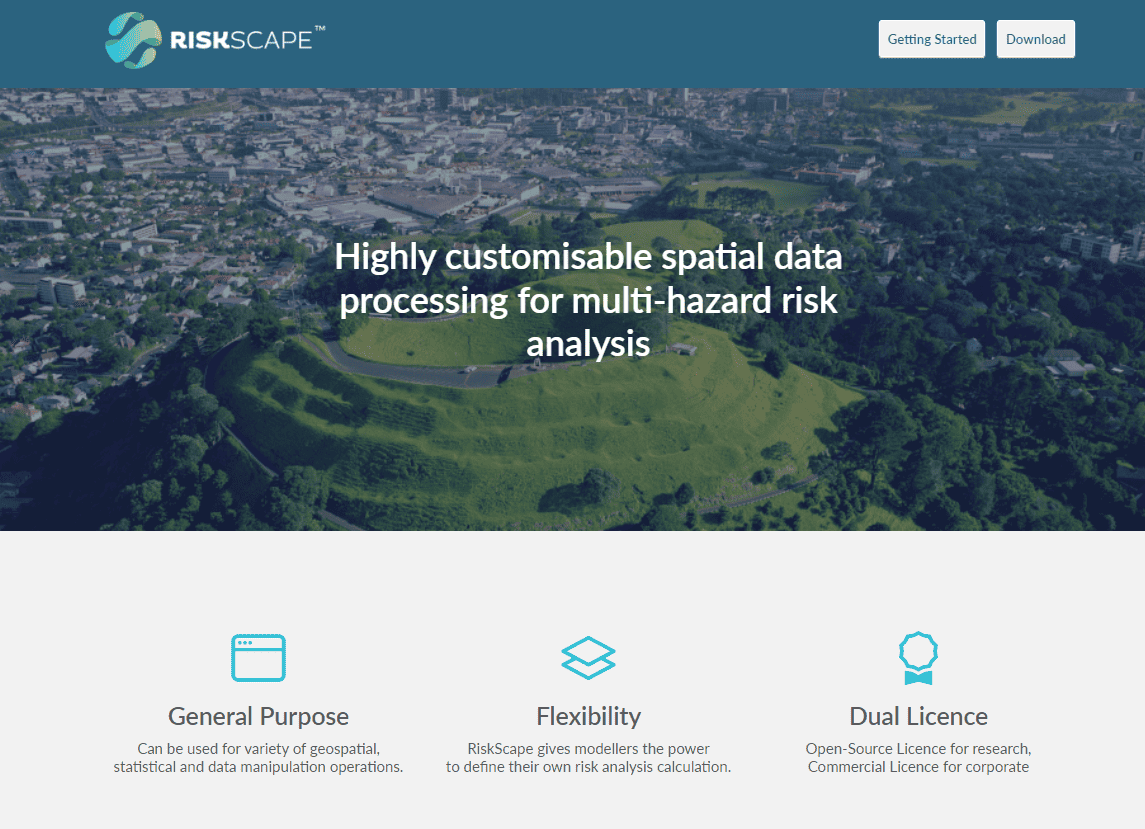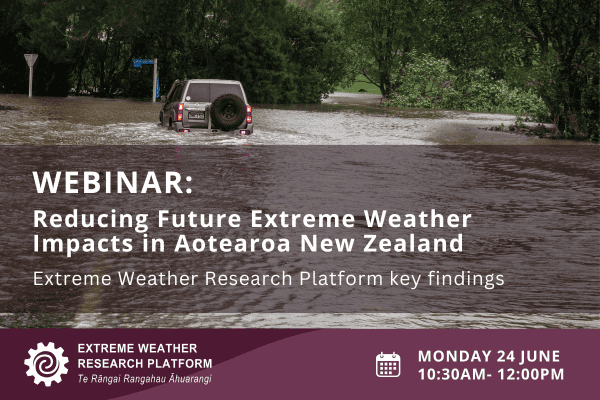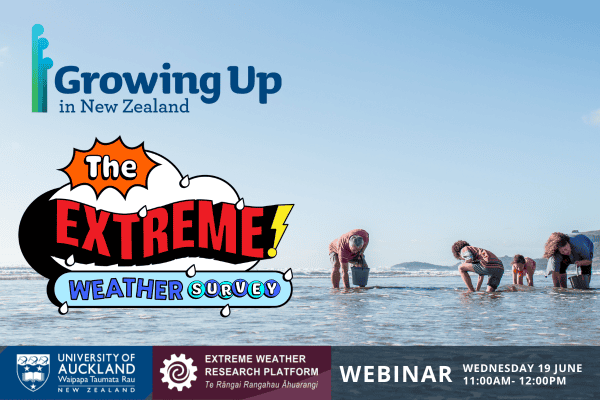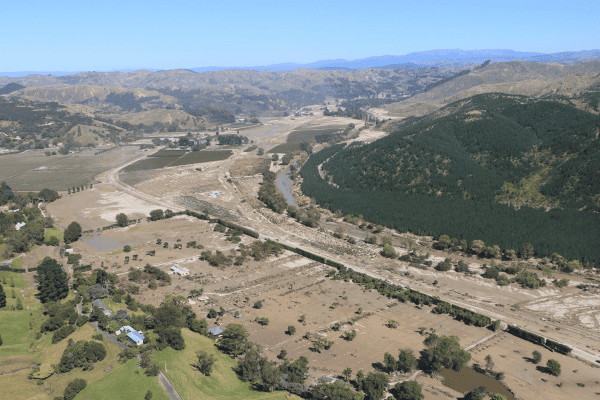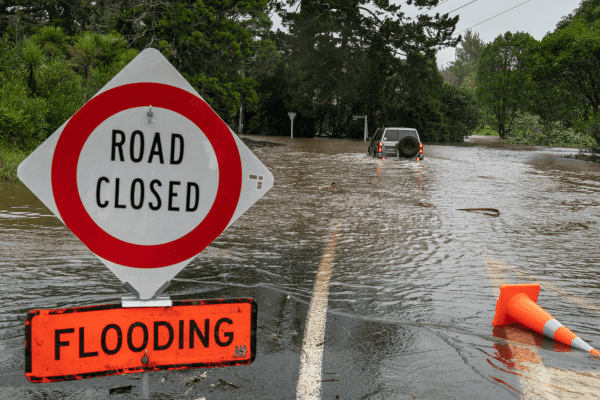By Ryan Paulik, NIWA
The Extreme Weather Research Platform project ‘Enhanced natural hazard risk assessment for Cyclone Gabrielle recovery’ accelerated RiskScape software development as a multi-hazard risk modelling and information sharing platform to assist planning activities for Cyclone Gabrielle recovery and future hazard management in the affected regions.
In this project, RiskScape was extended to host customised multi-hazard risk modelling microsites for:
- rapid hazard exposure and impact assessment, and
- evaluating multi-hazard impact risks to people and properties and mitigation options.
Microsites
A microsite is a small, simple web application developed for a specific risk modelling and data presentation or analysis purpose.
These two microsites provided access to a rapid impact assessment tool for Cyclone Gabrielle hazards, and a planning and recovery tool based on a multi-hazard scenario and probabilistic risk model. The planning and recovery tool has several features for evaluating adaptation options for natural hazard risk reduction (e.g., managed retreat, floor-level raising), a matrix-based approach for rating single or multiple hazard risk (e.g., likelihood and magnitude of impact) and cost-benefit analysis of adaptation options relative to a counterfactual scenario.
Scenario and probabilistic risk models
Model pipelines were developed for execution in RiskScape to calculate:
- exposure from Cyclone Gabrielle hazard scenarios,
- impacts from Cyclone Gabrielle hazard scenarios and,
- probability of direct economic losses from coastal flooding, fluvial flooding, earthquake shaking and liquefaction, landslides (rainfall induced) and tsunami.
Fluvial flooding and landslide hazard models simulated these hazards from Cyclone Gabrielle for scenario and probabilistic risk model pilot areas in Hawkes Bay. Region-wide building exposure datasets were developed for risk modelling in Hawke’s Bay and Tairāwhiti, and building flood damage surveys were conducted in both regions for future development of event-specific empirical vulnerability models for flood risk assessment.
Several methods for cost-benefit analysis in natural hazard risk assessment were designed for implementation in probabilistic risk model pipelines executed in RiskScape (Market Economics 2023).
Information dissemination
The project team held a series of online briefings and in-person meetings on research methods along with tool development and demonstrations to various stakeholders including: Cyclone Recovery Task Force; Gisborne District Council; Hawkes Bay Regional Council; Wairoa District Council, Napier City Council, Hastings District Council, Central Hawkes Bay District Council, Ministry for the Environment, Treasury, Ministry for Primary Industries, Hawkes Bay Infrastructure Clearing House, along with Extreme Weather Research Platform briefings.
Development activities are also presented in several reports entitled “RiskScape as built documentation: Enhanced natural hazard risk assessment for Cyclone Gabrielle recovery” (Catalyst IT 2023), “Enhanced natural hazard risk assessment for Cyclone Gabrielle recovery: Methods and Tools” (NIWA and GNS Science 2023) and “Cost-Benefit Analysis for RiskScape: Prototype development” (Market Economics 2023).
RiskScape is developed in partnership between GNS Science, National Institute of Water and Atmospheric Research (NIWA), Catalyst IT and Toka Tū Ake EQC.
